Jim Croce 1973 Albums
Buy Life and Times Buy I Got a Name In 1973 Jim Croce found the pinnacle of his career success and all the bedlam and time on the road which goes along with […]
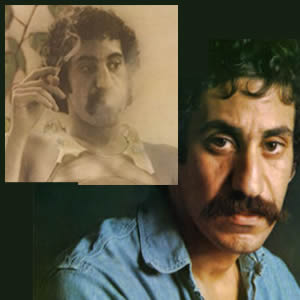
Buy Life and Times Buy I Got a Name In 1973 Jim Croce found the pinnacle of his career success and all the bedlam and time on the road which goes along with […]
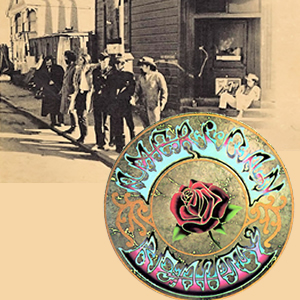
Buy Workingman’s Dead Buy American Beauty With the arrival of a new decade, the Grateful Dead decided to shift towards scaled back folk and country style rock. This proved to be a wise […]
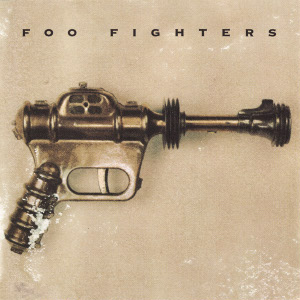
Buy Foo Fighters With the suicide of Nirvana front man Kurt Cobain abruptly ending what looked like a promising rise for the rock trio in 1994, the group’s drummer, Dave Grohl, decided to write […]
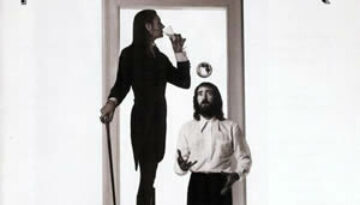
Buy Fleetwood Mac After eight years, nine albums, several lineup shifts, and many musical reinventions, the lineup and sound that would bring Fleetwood Mac to the top of the pop world finally fell into place […]

Buy Days of the New Days of the New came out of the gate in 1997 and forged their own style of dark acoustic rock. This style is expertly exhibited throughout the group’s […]
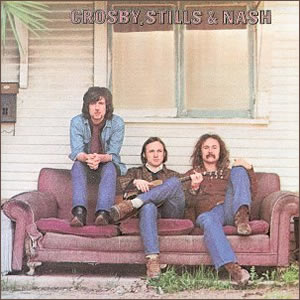
Buy Crosby, Stills & Nash Crosby, Stills & Nash is an extremely rich and influential debut album from the “super group” of the same name. The trio of vocalists / guitarists which forged […]

Buy Bayou Country Buy Green River Buy Willy and the Poor Boys Creedence Clearwater Revival was incredibly prolific in their earliest recording period. Following their self-titled debut album in mid 1968, the group […]

Nearly from its inception, rock and roll and Christmas songs have made for a potent mixture of holiday-flavored punch. This marriage dates back to 1957 with the first Elvis Presley Christmas Album and […]
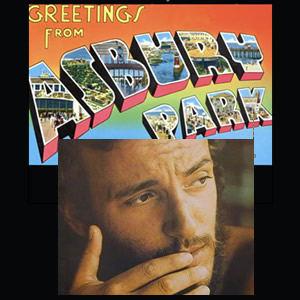
Buy Greetings from Asbury Park, NJ Buy The Wild, The Innocent, and the E Street Shuffle Bruce Springsteen started off his recording career with two albums in 1973, Greetings from Asbury Park, NJ, […]
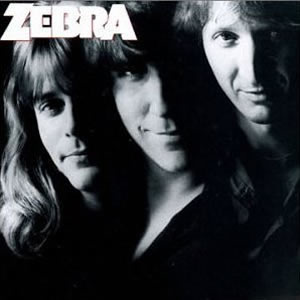
Buy Zebra The rock trio Zebra existed with almost equal measures of three critical stripes – love, hate and indifference. The group’s dedicated fans point out the melodic dynamics present with group leader […]